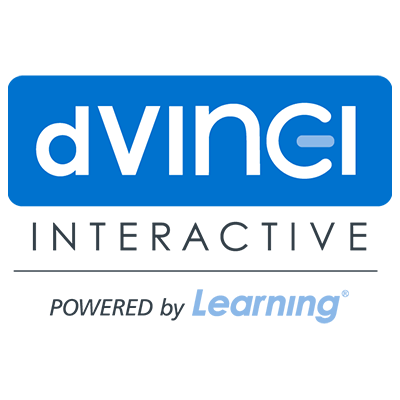ATD Blog
Why Learning Experience Design Is the Future of L&D
Wed May 12 2021

Advanced technologies are changing how people work, live, and learn. It is also driving how we receive and absorb knowledge at a faster pace. As a learning leader, you understand this reality better than most. After all, it is your job to effectively engage your learners while still quantifying their results.
So, what if there was a way you could build training where learners felt they had a personal stake in the outcome? How about a method that resulted in real long-term productivity gains or fundamental behavioral change?
There is: learning experience design.
LXD is a game-changer and, when implemented correctly, can transform your learning outcomes in unique ways. This process brings together various yet similar methodologies to produce innovative, engaging, impactful, and memorable content in ways learners want to learn.
What Is Learning Experience Design?
LXD is the process of creating a learner-centric journey where the learner and their needs are the focus.
While LXD is a relatively new idea in corporate training circles, many of its concepts will feel familiar to learning leaders because the origin of LXD includes elements of traditional learning and development like:
Instructional design
Experiential learning
Cognitive psychology
Adult learning theory
Additionally, it incorporates aspects of software and product design disciplines such as:
User experience design
Interaction design
Experience design
Graphic design
Each of these concepts has areas of commonality and interrelates with others. Together the various processes comprise the LX design methodology.
Practical Application of LXD
Let’s say an organization wants to apply LXD principles to a redesign of its sexual harassment prevention training because it’s tired of producing mandatory “for your information” types of courses.
The client’s goal is to see a visible behavioral change with a reduction of sexual harassment incidents.
To help them, we would start by asking questions to understand their learners better and determine situations where they might have a more vested interest in the subject. Their answers would then lead to creating training from the bystander viewpoint. This approach would allow the content to empower the learner. It would appeal to each person on a more emotional level by tapping into their sense of right and wrong.
Once we determined the strategy, everything else would fall into place. Our objectives informed the specific requirements, structures, and interactions needed to deploy an engaging learning experience.
By using the LXD approach, we would identify new ideas and ways of interacting with learners. The organization could reinforce the learning objectives by using different methods to round out the learner’s “journey” such as:
A webinar overview to understand sexual harassment prevention
An online discussion forum where people could share personal stories or ask questions of advocates and victims brought in as special guests
Choose-your-own-path type of scenarios where learners are put in real-world situations and asked to decide
The beauty of LXD is this organization can use examples like this over time to enhance and reinforce the expected behavior.
Getting Started With LXD
More than likely, you are already implementing various aspects of LXD in your organization. This reality will make transitioning to a learner-focused design concept more seamless. The key is to start somewhere, even if you are not ready to implement every aspect of the LXD process right away. Having the ability to measure performance outcomes quickly makes learning profitable and valuable to an organization’s bottom line.
In the end, when you can make learning personal, you will ensure learning is successful.

